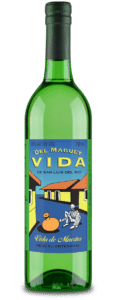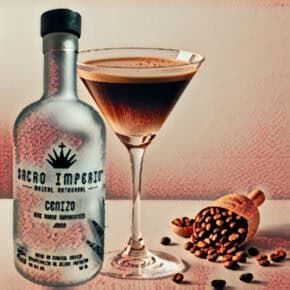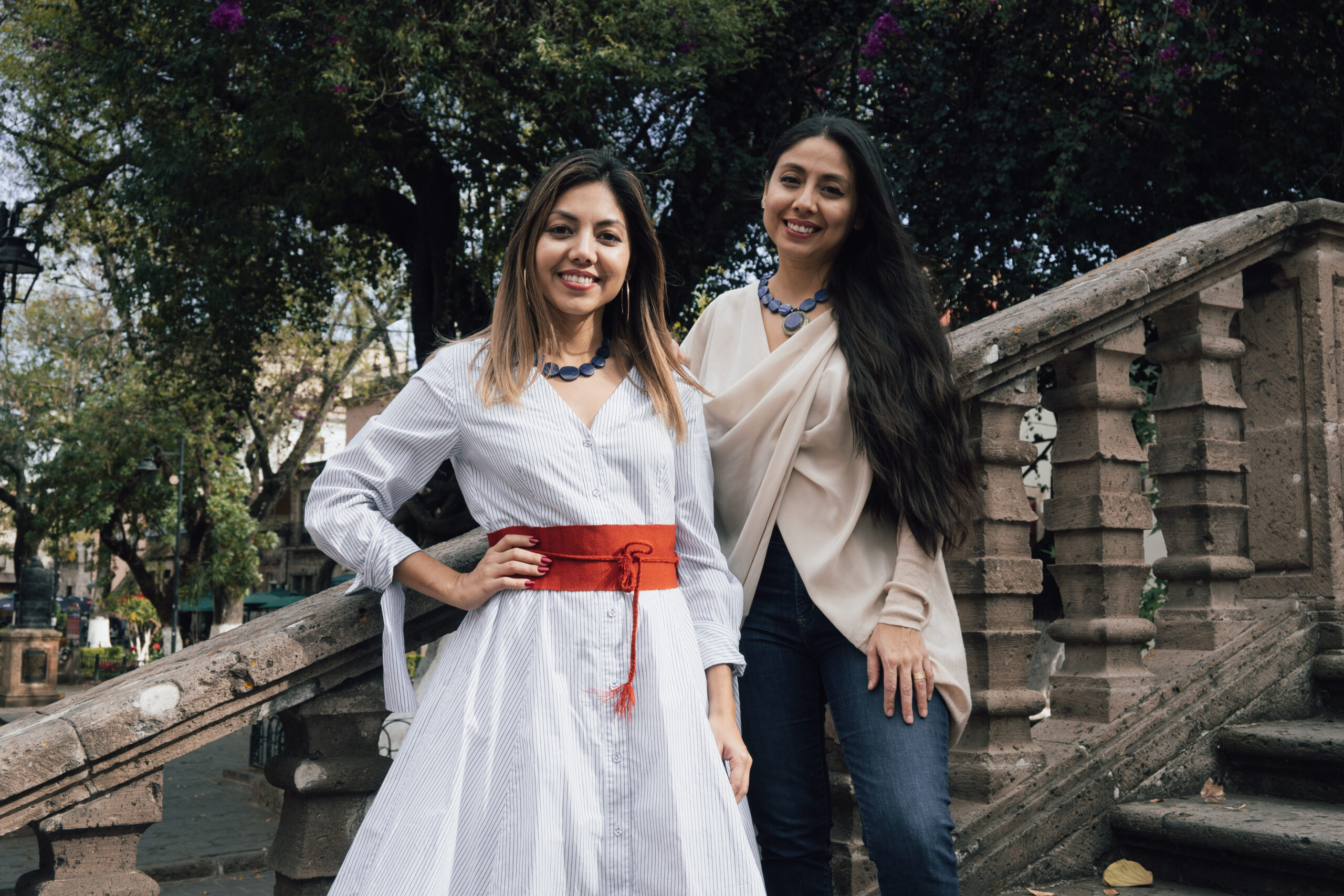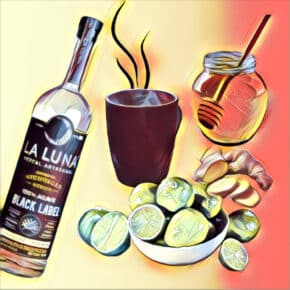When Del Maguey launched its Vida Mezcal expression in 2010, I don’t think any of us could have predicted how much it would impact the mezcal category by creating what has come to be known as cocktail mezcal. Distilled to 42% ABV, Vida has dominated this space since its launch, and has helped Del Maguey maintain its position as the number one selling mezcal brand in the United States.
Flash forward 11 years and we have the launch of Del Maguey’s newest expression, Vida de Muertos, a 45% ABV espadin from the same makers as Vida, the Cruz Nolasco family in San Luis del Rio. A few years ago, we had the opportunity to visit the new Vida palenque, which was clearly built with future growth in mind. And in fact, Vida de Muertos has been in the making for five years. It would have likely launched sooner, but the pandemic put a bit of a glitch in the plans. Because the village of San Luis del Rio was mostly closed for several months, it made the fine tuning of the mezcal more complicated since hardly anyone was allowed in and out of the village. The team did not halt production during this time, and luckily both the CRM and Arturo Ramirez Zenteno, who oversees quality control for Del Maguey, were able to access the village and steer the project forward. Pandemic silver lining – with the team from the US unable to travel to Mexico, it prompted the team based in Teotitlan del Valle to step up to a much larger role in managing the stages of getting a new product to market.

Given the success of Vida, why create Vida de Muertos? “Bartenders had been asking us for a few years to create a higher proof mezcal to be used in cocktails,” explained Steve Olson, the Global Mezcal Advocate for Del Maguey.
This is actually a trend we have been hearing about, bars and restaurants looking for a cocktail mezcal that is not a well mezcal but something that could be used in signature cocktail programs. The trick has always been the balance of pricing, and how to get an “affordable” higher proof mezcal into cocktail programs. With Vida de Muertos, which will retail for $49, Del Maguey has created a price competitive product that with its potential for volume production, could change the cocktail market yet again.
Is there really a difference between 42% and 45%?
In the case of Vida, yes. I had the opportunity to try side by side Vida, Vida de Muertos and San Luis del Rio at 42, 45 and 47% ABV respectively. These mezcals all come from the same maker, the same area and from the same agave (espadin), the differences being the ABV and of course the volume of the batch.
The Vida, at 42%, had a citrus with slight roast aromas and hit the mouth fully and had that warm burn as it goes down the throat. The Vida de Muertos, just three points higher, had a more roast and smoked wood aroma and hit the front of the mouth/nose more fully with a deeper and more lingering full flavor. The San Luis del Rio, two points higher than the Vida de Muertos, had a very woody aroma, like freshly cut wood chips, and was a very smooth flavor explosion in my mouth. If the goal is to move people toward higher ABV mezcal, Vida de Muertos is a great bridge when tasting neat.
But given this expression was created with the cocktail market in mind, just how different is it? I tested it with two cocktails, the first a spirit forward cocktail created by Del Maguey’s Misty Kalkofen, the Maximillian Affair, which brings together mezcal, St. Germain, punt e mes and lemon. The second is our house laymen version of a Paloma, basically San Pellegrino Pomelo with mezcal, over ice.
While the difference in flavors was subtle, it was definitely there. In the Maximillian, the Vida really enhanced the lemon flavor, while the Vida de Muertos had a more balancing effect with no one flavor overpowering the other. For the Paloma, the Vida gave the drink a bit more smoke, while the Vida de Muertos once again balanced the flavors out.
Only time will tell if Vida de Muertos is as much of a game changer as Vida was.













Leave a Comment